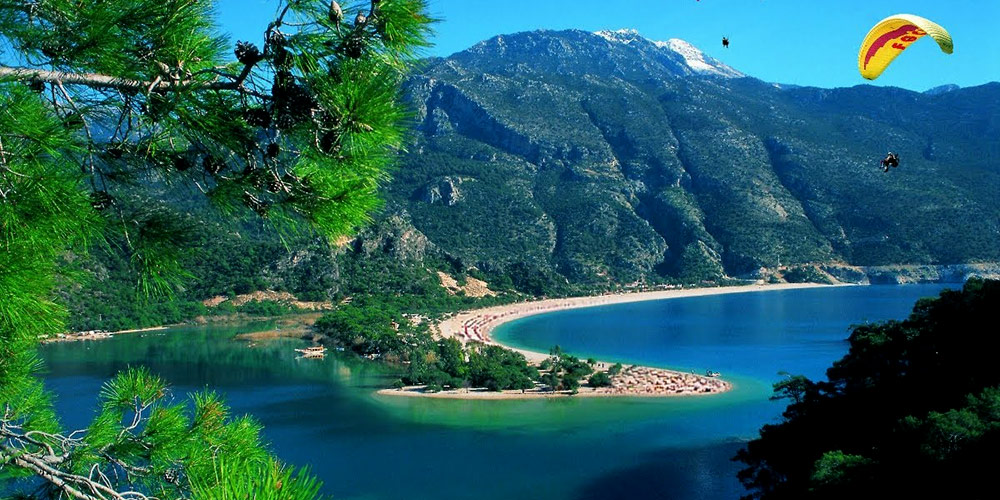Beaches and Coasts
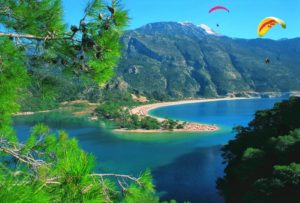 |
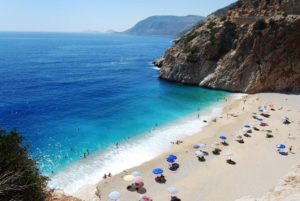 |
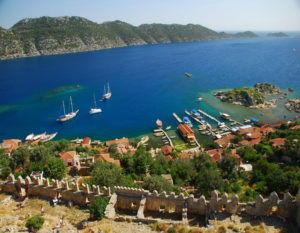 |
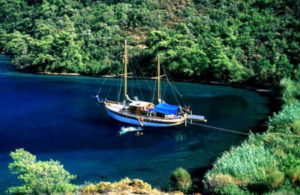 |
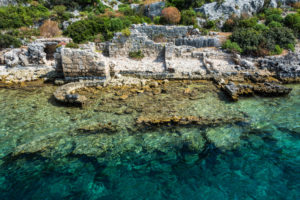 |
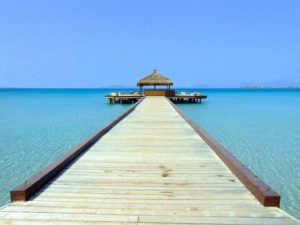 |
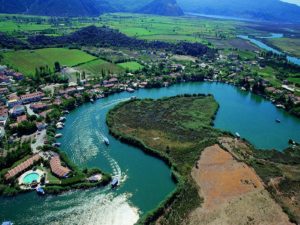 |
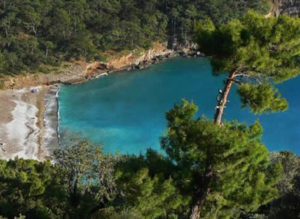 |
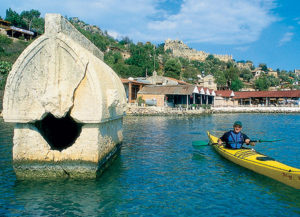 |
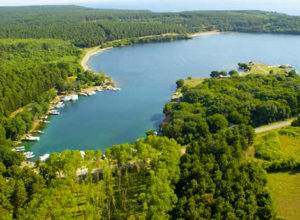 |
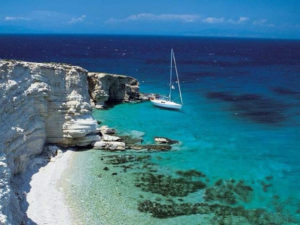 |
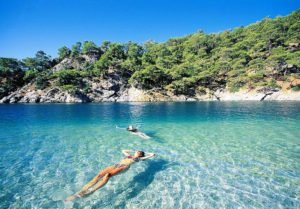 |
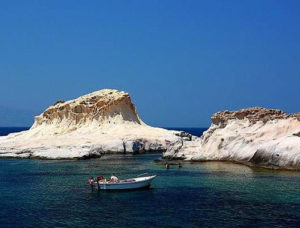 |
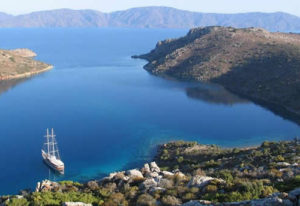 |
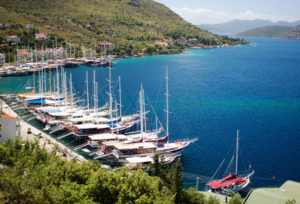 |
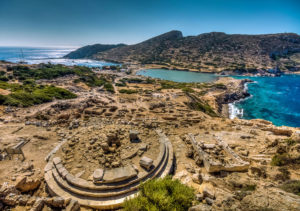 |
With almost 4,500 miles of coastline, Turkey is a delight for sea nymphs and day-tripping sun-seekers alike. With an enormous patrimony of antiquity often situated along the sea, a day at the beach could be simultaneously a trip back to ancient Greece, to the Roman Empire, or into the crumbling remnants of the Byzantine era. And with a commitment to ecologically sustainability, Turkey can boast 314 beaches that meet the stringent Blue Flag criteria.
It seems as if every nook and cranny of Turkey’s exciting coastline offers an abundance of choice. From public strips of sand, where picnickers vie for spots in the shade, to private beaches offering everything from free lounges and umbrellas, to trendy beach clubs tempting you with spa treatments and massages by the bay, Turkey’s culture of sun worship can accommodate any and every desire.
Istanbul
As a city surrounded by seas, Istanbul is blessed with sparkling beaches steeped in history and mythology. From the sandy stretch at Kilyos on the Black Sea, to the Caddebostan Beach, where the Marmara Sea meets the Bosphorus Straits or the secluded shores of Adalar (Princes’ Islands), Istanbul offers a wealth of opportunity to share the coastline with seaside wooden yalis typical of the Ottoman gentry, and enjoy the nautical attractions made famous by Jason and the Argonauts.
Just a short ferry ride from the European side of the Bosphorus will take you to Küçüksu Beach, a favorite spot of Sultan Murat IV, with spectacular views of the Bosphorus bridge and the confluence of Europe and of Asia.
If luck and current are in your favor, you may spot of a dolphin or two while soaking up the timelessness of this great city’s waters from your perch on a deck chair shaded by a grass umbrella.
The Aegean: Çanakkale, Izmir and Bodrum
The Aeolian and Ionian coastline that runs north to ancient Troy and south as far as Knidos, where the Aegean and the Mediterranean collide, bind the civilizations of antiquity and the sands of time firmly onto Turkey’s Aegean shores.
All along this length of this momentous landmass are sun-tinged stretches of sand, pebble beaches and breathtaking coves. Off the coast of Çanakkale is ancient Tenedos, today the island of Bozcaada, surrounded by coves once used as a staging area for onslaughts against the citizens of Troy.
To the west of Ancient Smyrna, better known as Izmir, or Turkey’s Second City, are the beautiful beaches of the Çesme Peninsula. There, it’s possible to steep in a hot springs while immersed in the sea In Ilica, ride the wind along the shallow waters of Alaçati on a windsurfing board, or relax on a beach adjacent to the Castle Fortress of Çesme.
Near to the celebrated ancient city of Ephesus are the beaches of Kusadasi, once the purview of Agamemnon, of Alexander the Great, of St. John and possibly of the Mother Mary herself. From the town’s central expanse of sand, sunbathers can watch the cruise ships glide in and out of port, or take advantage of the scores of family friendly beaches to the north and south of town. At Dilek National Park, you can choose from a handful of quiet beaches, and even toss the pebbles at your feet toward the Greek island of Samos, a mere 20 nautical miles offshore.
On the southwest tip of Aegean coast is Bodrum, the pièce de la résistance of seaside resorts, and inexhaustible nightlife, the St. Tropez of Turkey. Encircled by crystal clear waters lapping quietly onto the region’s countless bays and coves, this gift of nature has the power to make you forget that you are in the land of Herodotus, of the Knights Templar, and of the Mausoleum of Halicarnassus, one of the Seven Wonders of the Ancient World. In Bodrum’s center, sun-worshipers relax along the casual town beach at the base of St. Peter’s Castle. Nearby Ortakent Yahsi promises a relaxed family holiday, endowed by the longest expanse of beach on the peninsula along with plenty of dining, snacking and entertainment options for all in tow.
In Torba, a stroll along the shore will lead to a Byzantine chapel. Türkbükü has become the exclusive playground of Hollywood stars, the international glitterati and the yachting set, sipping decorative drinks or enjoying an outdoor massage at one of the many exclusive beach clubs.
The Turquoise Coast: Marmaris, Fethiye, Antalya
The Turquoise Coast is where lush forests meet the turquoise sea. Where mountains converge, the waterfront spreads itself out into long stretches of fair and silky sand. Elsewhere, ridges that tumble abruptly into the sea create idyllic inlets and secluded shelters, combining as a unique and watery paradise.
It’s not surprising that the Turquoise Coast is dotted with the vista of Turkey’s traditional wooden gulets meandering through their own unforgettable Blue Voyage. Whether you find yourself on land or sea, it’s easy to arrange to participate in any of a range of exciting watersports, or sign up for a day of scuba diving to explore the area water’s unique marine life.
As one of the country’s preeminent summer destinations, Marmaris encompasses an indescribably beautiful convergence of towering mountains, pristine bays, and scenic offshore islands. The city can boast one of the few public Blue Flag beaches in Turkey at the Folk Beach, located in the urban center of town. The surrounding peaks enclose the beaches at Içmeler, creating a protected, nearly 4 mile stretch of fine, golden sand.
The region’s stunning geography repeats itself all along the Bozburun Peninsula, at beaches like those at Turunç, Kumlubük, and Orhaniye Bays, where secluded and sandy bays nestle at the base of undulating forests. Probably one of the most famous beaches is on Sedir Island, more commonly known as Cleopatra Beach, where legend has it that Marc Antony ordered the finest Egyptian sand shipped in to please his beloved queen, and you can swim among the partially sunken ruins of an ancient bath.
Further west along the Datça Peninsula, in Datça, at Palamutbükü and at Hayitbükü can be found the purest waters in the Mediterranean. At the westernmost tip of Turkey, where the Mediterranean meets the Aegean, visitors can swim among the marble and earthenware detritus strewn about the tiny cove at the base of ancient Knidos.
Millennia of sand deposited at the mouth of the Dalyan River has formed the pure and pristine sandbar of Iztuzu Beach. Getting there is half the fun, via a fleet of pontoon taxis plying the reed-lined river from the village center to the delta.
With a sandy shoreline stretching more than 11 miles, beachgoers can swim, build sandcastles or wander through the marble roads of ancient Patara, one of the principal cities of Lycian whose visitors included Apollo, Alexander, Vespasian, Hadrian, St. Paul and Santa Claus, better known in these parts as St. Nicholas.
Meanwhile, the cliff-hugging coastal road that leads through Kalkan and Kas passes through some of the most spectacular scenery in the Mediterranean basin. Spread out at the base of a dramatic gorge is the much fêted Kaputas beach, from where you can swim to the sea caves of Güvercin Magarasi and Mavi Magara, and waterside rocks that act as natural diving boards into the tranquil sea.
The entire region surrounding Fethiye is a spectacularly picturesque seaside wonderland of sun, sand, sea and story. If there’s any one beach that serves as the ambassador of Turkey’s extraordinary shoreline, it’s Ölüdeniz, named for the protected and postcard worthy Blue Lagoon at the far end of Belcekiz Beach and one of the top five beaches in the world. Ölüdeniz is cocooned by a steep ridge of mountains, and sunbathers can watch the dance of paragliders leaping from the peaks and soaring above the pebble beach. Few can pry themselves away from this remarkable gift of nature to explore the nearby wonders of Kelebek Vadisi (Butterfly Valley), a gorge cleaved into the mountain and known for its annual hatching of the tiger butterfly or Gemiler Bay, its beach set amidst pine forests and olive trees. The bay is sheltered by the tiny Gemiler Island, dotted with a number of 4th and 6th century churches and perhaps the original burial place of St. Nicholas, the Bishop of Myra.
Fethiye is also a perfect jumping off point for your very own day or multi-day cruise esteemed in Turkey as the Blue Voyage.
The shores of the Gulf of Antalya is where the Taurus Mountains begin to gently slope into the sea, leaving long stretches of glorious coastline so impressive that it has crowned Antalya as the premiere resort destination in Turkey. These beaches are curated up and down the coast by luxury four and five star hotels, notably in the resort towns of Kemer, Beldibi, Belek and Manavgat, and as far east as Alanya, where the celebrated Cleopatra’s Beach hides a 15,000 year old cave reputed for its healing properties. The bays sharing their coarse sandy beaches with the ancient cities of Olympos and Phaselis have the additional appeal of being historically significant, as both share their space with the marble roads and meeting spaces of antiquity.
The coastal road east of Alanya sees the arrival of fewer and fewer foreign visitors, leaving the Eastern Mediterranean one of the more unpopulated and authentic Turkish resort experiences.
Located about halfway between Antalya and Mersin is the lovely coastal city of Anamur, lying at the end of a winding mountain road backed by pine-clad peaks.
When the sun gets too hot, do what the locals do and head up in to the hill to indulge in a relieving thermal bath while popping fresh strawberries – one of the areas most abundant crops – into your mouth.
One of Turkey’s more wondrous coastlines begins east of the pleasant village of Aydincik, located on a pastoral coastal plain once the home of the important fortress and port city of Celenderis.
In the environs of Silifke are a handful of the most striking beaches with fine sandy beaches, castle ruins and character galore. Tasucu offers one of the region’s best expanses of sand at Aphrodite Beach, which aside from its inherent charm, offers the best viewing point for watching the catamarans depart for Cyprus. On the family friendly Kizkalesi beach, opposite the Korykos castle rising out of the sea little more than 600 feet offshore, you can sip karsambaç, Turkeys version of ices while relaxing on a lounge chair. The fishing hamlet of Narlikuyu is a favorite for weekenders from Mersin, to dine on local fish served with ample portions of raki or dip in the cool waters fed by an underground freshwater stream.
Text: Turkish Culture & Tourism Office

